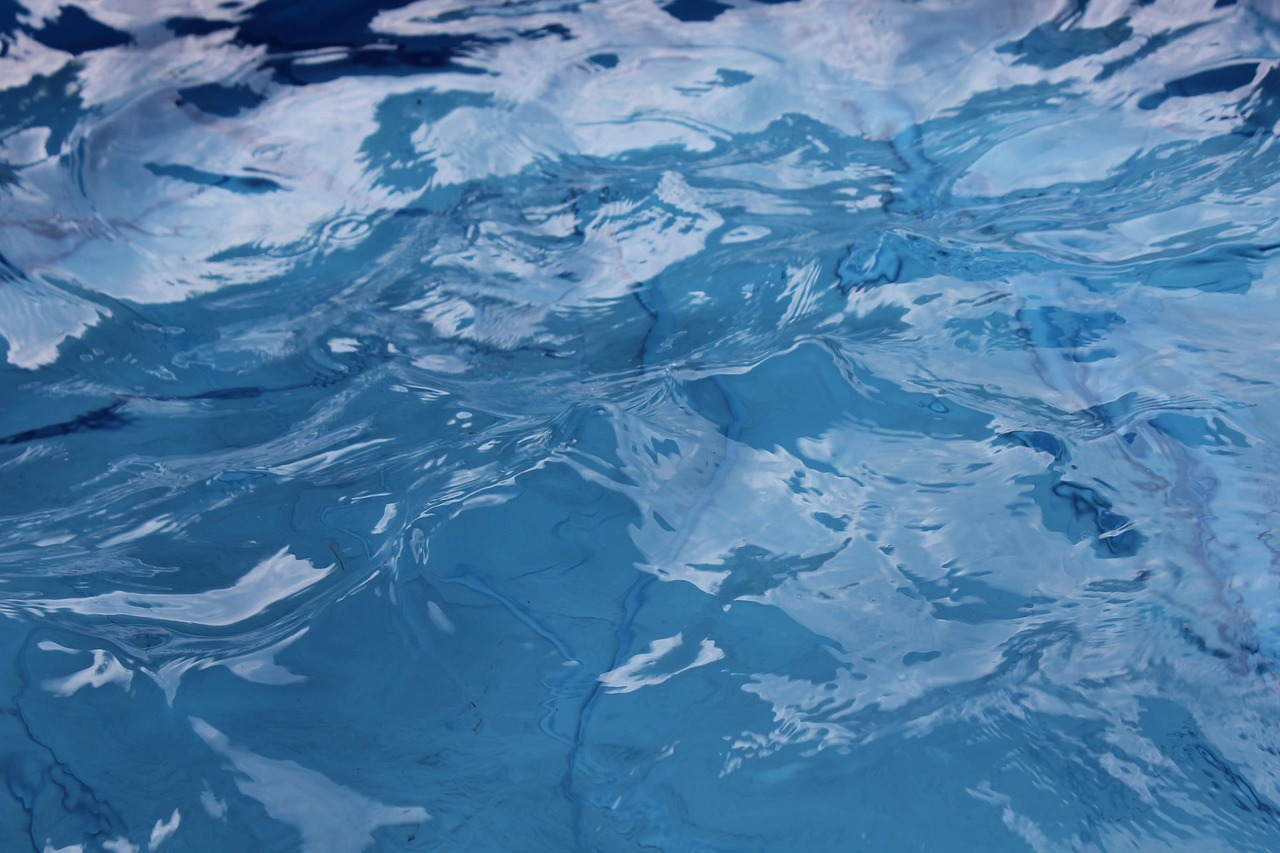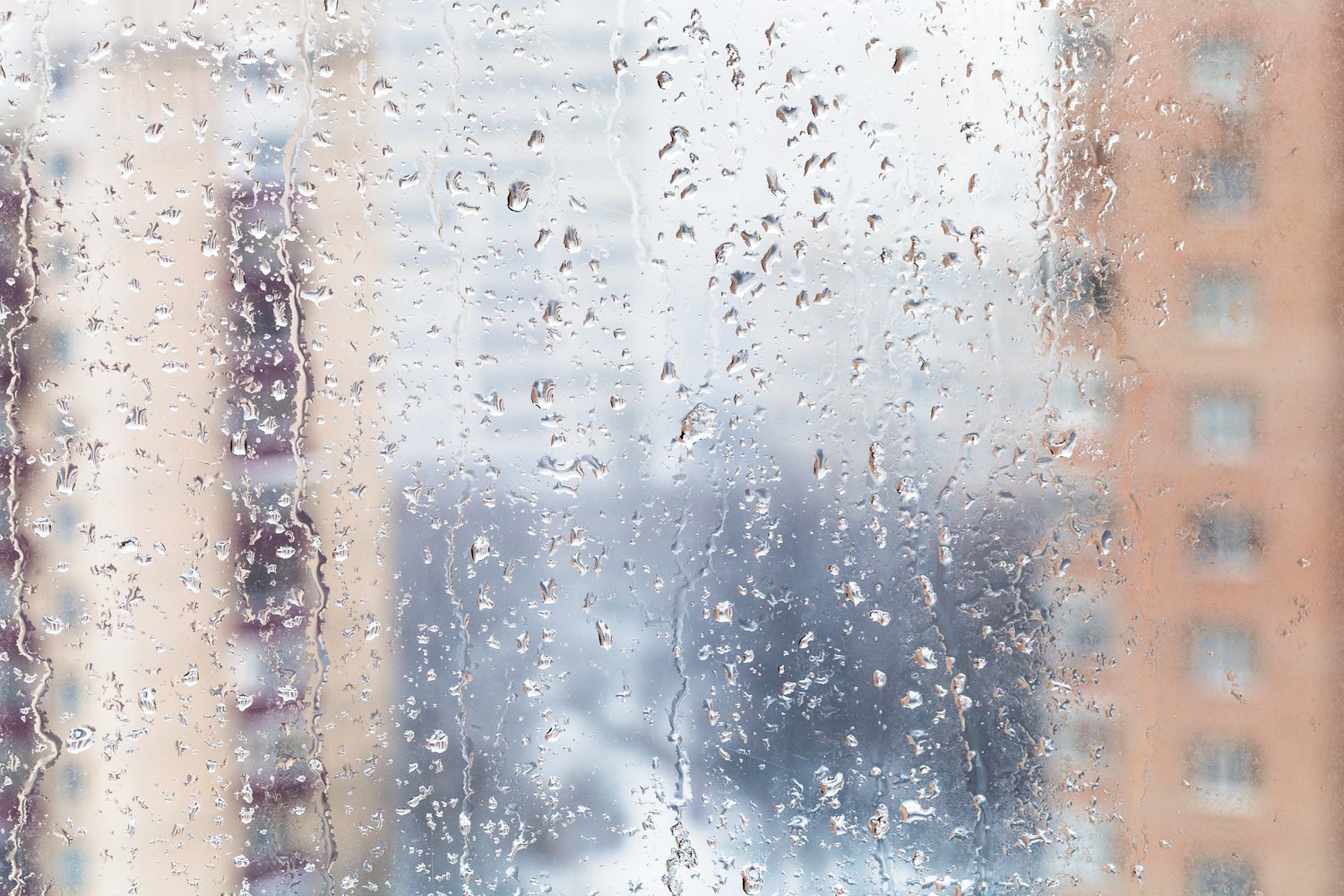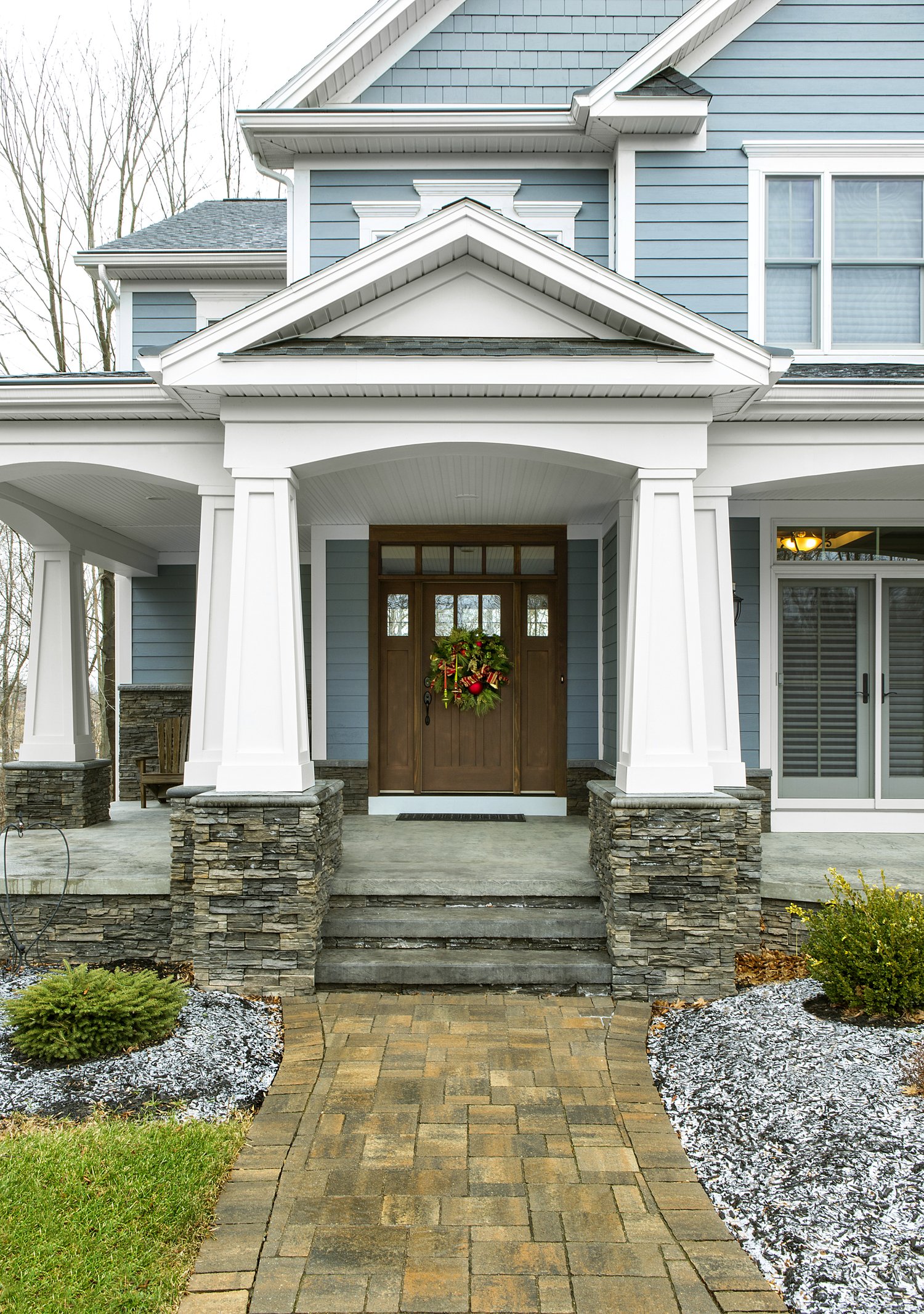Transforming your pool and patio enclosure into a nighttime oasis requires thoughtful lighting design that balances beauty, functionality, and safety. Strategic illumination extends the usability of your outdoor living space well into the evening hours, creating ambiance while ensuring safe navigation around your pool area. This guide explores various lighting options specifically designed for enclosed pool environments, installation considerations, energy-efficient solutions, and creative ways to illuminate your pool area for year-round enjoyment.
Understanding the Importance of Enclosure Lighting
A well-designed pool enclosure provides protection from insects, debris, and weather, but without proper lighting, its usefulness diminishes after sunset. Pool enclosure lighting serves multiple essential purposes beyond basic visibility. Proper illumination enhances safety by clearly defining walkways, pool edges, and potential obstacles. From a security perspective, a well-lit outdoor enclosure deters unwanted visitors while creating a defined boundary for your recreational space. Perhaps most importantly, thoughtful lighting transforms your enclosed pool from a daytime-only amenity into a 24-hour retreat where evening swims and nighttime entertaining become possible year-round.
The enclosed nature of pool and patio structures creates unique lighting opportunities not available in open outdoor spaces. The screen or glass surfaces can interact with light in interesting ways, from creating gentle shadow patterns to reflecting and amplifying illumination. When designing your patio screen lighting plan, consider how different fixtures will interact with your specific enclosure materials for maximum effect.
Types of Lighting Solutions for Pool Enclosures
When planning to illuminate your pool area, consider layering different lighting types for the best effect. Ambient lighting provides overall illumination and sets the mood. For enclosed pools, this might include recessed ceiling lights, pendant fixtures, or LED strip lighting along the upper frame of the enclosure. Task lighting focuses on specific areas where activities occur, such as reading nooks, dining spaces, or pool entry points. Accent lighting highlights architectural features or landscaping within your enclosure.
Outdoor enclosure lights should be specifically rated for damp or wet locations, depending on their proximity to the pool. For structures with solid roofs, ceiling-mounted options like recessed can lights or decorative pendants work well. For screen enclosures with minimal framing, consider mounting lights on nearby structures or using self-supporting fixtures like torches or lamps designed for outdoor use.
LED strip lighting has revolutionized pool enclosure lighting by offering flexible, low-profile options that can be installed along enclosure frames, under seating, or around pool edges. These energy-efficient strips provide soft, even illumination and often come in color-changing varieties that allow you to customize the mood of your space with a remote control or smartphone app.
Strategic Placement for Maximum Effect
The key to effective pool enclosure lighting lies in thoughtful placement. Begin by identifying the perimeter of your space, including entry points and transitions between different areas. These critical zones should receive priority lighting for safety reasons. Next, consider activity areas within your enclosure that would benefit from dedicated illumination, such as dining spaces, lounging areas, or special features like waterfalls or landscaping.
Avoid placing lights where they’ll create glare on the water’s surface, as this can obscure visibility into the pool—a crucial safety consideration. Instead, position fixtures to wash light across the pool deck and indirect lighting to reflect off enclosure surfaces. This approach creates a more comfortable visual environment while still maintaining adequate brightness for safety.
For larger enclosures, consider dividing your space into lighting zones that can be controlled independently. This allows you to illuminate only the areas in use, conserving energy while creating more intimate settings. As lighting specialists at AskHomey recommend, separate controls for pool lighting, deck areas, and ambient enclosure lighting provide maximum flexibility for different uses and occasions.
Energy Efficiency and Sustainability
Modern pool enclosure lighting should balance beautiful illumination with energy consciousness. LED technology offers the most efficient option for outdoor lighting, using up to 75% less energy than traditional incandescent bulbs while lasting significantly longer. When planning your patio screen lighting, calculate both the initial installation costs and the long-term operational expenses.
Solar-powered options have improved dramatically in recent years and can be excellent choices for areas of your enclosure that receive adequate sunlight. These fixtures store energy during the day and automatically illuminate at dusk, reducing both energy costs and the need for complex wiring. For areas requiring consistent, powerful illumination, hardwired LED systems remain the most reliable choice.
Timers and smart controls add another layer of efficiency to your outdoor enclosure lights. Programmable systems can automatically adjust lighting based on time of day, occupancy, or even weather conditions. This technology ensures your enclosure is only lit when needed and at appropriate levels for different activities.
Maintenance Considerations
Any lighting system for pool environments must contend with humidity, temperature fluctuations, and potentially corrosive chemicals. When selecting fixtures, prioritize those rated specifically for pool environments with corrosion-resistant finishes like stainless steel, powder-coated aluminum, or marine-grade composites. Sealed fixtures prevent moisture intrusion that can lead to electrical issues or premature failure.
Plan for periodic cleaning of your pool enclosure lighting, as screens and fixtures will accumulate dust, pollen, and water spots that diminish light output over time. Establishing an annual maintenance schedule to check connections, replace any damaged components, and clean fixtures will extend the life of your lighting system and maintain its performance.
For more tips and to connect with reliable home service professionals, follow AskHomey on Facebook and Instagram.



